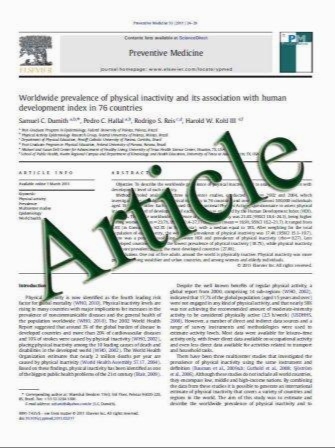Olmesartan reduces arterial stiffness and serum adipocyte fatty acid-binding protein in hypertensive patients
- نوع فایل : کتاب
- زبان : انگلیسی
- مؤلف : Toru Miyoshi Masayuki Doi Satoshi Hirohata Shigeshi Kamikawa Shinichi Usui Hiroko Ogawa Kosuke Sakane Reishi Izumi Yoshifumi Ninomiya
- چاپ و سال / کشور: 2010
Description
Adipocyte fatty acid binding protein (A-FABP) has been reported to be involved in insulin resistance, lipid metabolism, and atherosclerosis; however, little is known about the effect of medication on the change in circulating A-FABP in human subjects. We evaluated the effects of angiotensin II type 1 receptor blocker (ARB) on arterial stiffness and its association with serum A-FABP in patients with hypertension. Thirty patients newly diagnosed with essential hypertension were treated with olmesartan (20 mg/day), an ARB, for 6 months. Serum levels of A-FABP and high-sensitivity C-reactive protein (hsCRP) were examined and the cardio-ankle vascular index (CAVI), which is a marker of arterial stiffness, was also determined. Serum A-FABP at baseline was significantly correlated with the body mass index (r = 0.45, P = 0.01), homeostasis model assessment as a marker of insulin resistance (r = 0.53, P\0.01), and systolic blood pressure (r = 0.37, P = 0.047), and tended to be correlated with low-density lipoprotein cholesterol, triglyceride, and CAVI. Olmesartan treatment resulted in a significant decrease in CAVI, serum A-FABP levels, and hsCRP, besides a significant reduction of blood pressure. Multiple regression analysis revealed that the change in CAVI was independently correlated with the change in serum A-FABP. Olmesartan ameliorated arterial stiffness in patients with hypertension, which may be involved in the reduction of serum A-FABP.
Heart Vessels (2011) 26:408–413 DOI 10.1007/s00380-010-0060-x Received: 13 July 2009 / Accepted: 30 April 2010 / Published online: 10 November 2010


